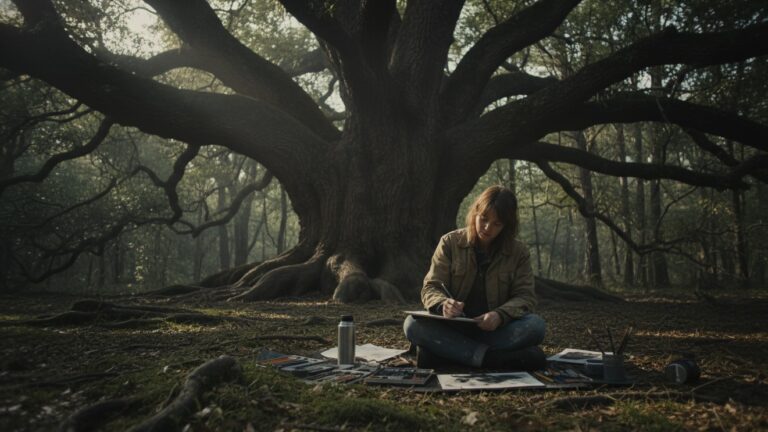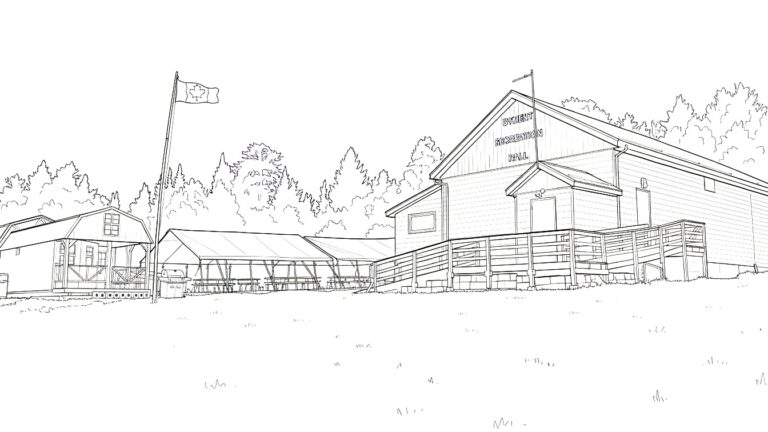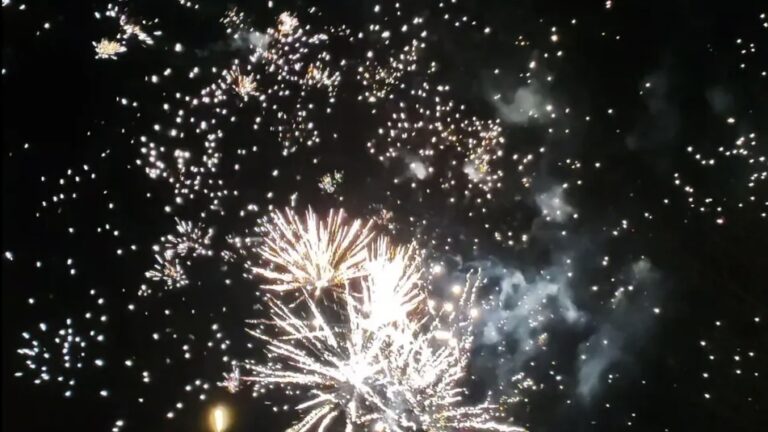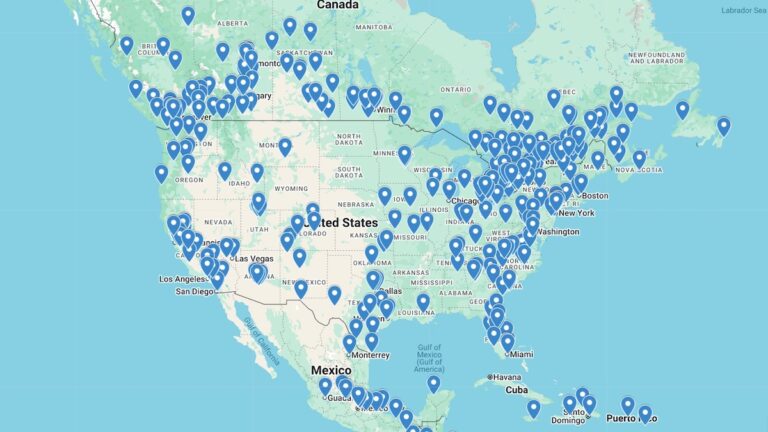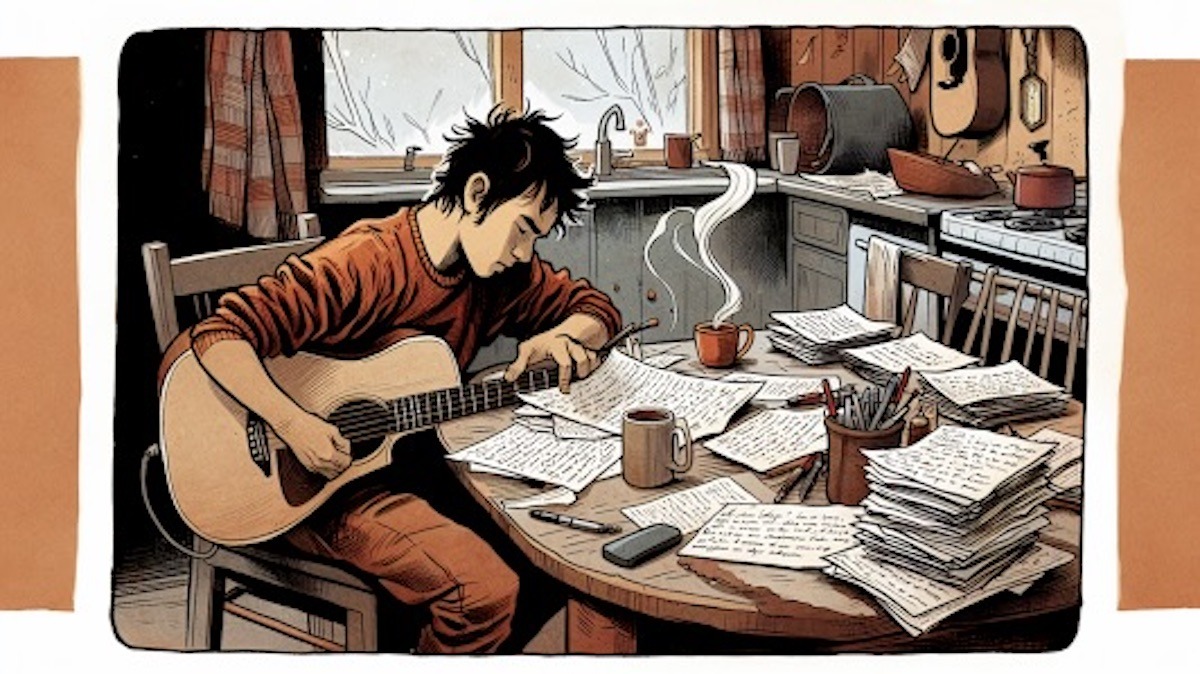
A Narrative Overview of Application Features and Functionality
1. Introduction: Building an Arts Collective Manager
At its essence, The Arts Incubator application functions as a comprehensive digital partner for artists and arts collectives, a platform designed to unify the many fragmented aspects of artistic project management into one centralized, purpose-built tool. It is a digital studio manager, capable of handling everything from creative project planning to financial administration, from team organization to communications oversight. Its role is to assume the burden of administrative complexity, allowing creators to remain focused on the artistic process itself—guiding a project from its first conceptual spark, through the bureaucratic rigors of grant writing and reporting, to final execution and presentation.
Our Philosophy and Origins
The Arts Incubator was not conceived in a vacuum, nor was it designed as a generic project tool retrofitted for the arts. Its design emerged from the realities of the Canadian arts funding landscape, deliberately shaped by the specific patterns, taxonomies, and procedural frameworks employed by provincial and national public funders. In its earliest phase, the application was built by reverse-engineering the structural underpinnings of systems like the Ontario Arts Council’s Nova and the Manitoba Arts Council’s Manipogo. This approach allowed us to deeply internalize and replicate the logic funders use—whether in budget allocation structures, evaluation criteria, or reporting expectations—so that the platform would feel immediately legible and responsive to artists operating within those systems.
Further foundational support came through programming insights and digital innovation research made possible by the Canada Council for the Arts Digital Greenhouse, which served as both conceptual springboard and institutional proof-of-concept. The result is a platform that does not just digitize the grant application process, but reimagines the administrative side of artistic work as an extension of the creative process itself—one that fosters sustainable practice, strategic thinking, and long-term resilience within the arts sector.
2. The Project Workspace: Capturing Your Vision
Every element of the application is anchored by the concept of a “Project.” However, in this environment, a project is far more than a static file or a digital folder. It is a living, evolving workspace that captures both the artistic vision and the practical scaffolding required to realize it. Within this digital container, artists and collectives are guided through a process that mirrors—and often exceeds—the detail required by most major funding bodies.
In the “Core Idea” section, users articulate the conceptual heart of their project: its title, its origin story, its artistic aims, and its cultural or community significance. This is followed by “The Nitty-Gritty,” where users define key logistical details such as their project timeline, intended audience, and—crucially—payment and working conditions for collaborators. This ensures not only internal clarity but also accountability and fairness embedded from the outset.
Next, “The Artistic Details” allows for precise categorization of artistic disciplines involved, ranging from visual arts and theatre to intermedia and craft. Users can also identify cross-disciplinary or experimental genres that defy conventional classification. This section is not merely about tagging; it enables the platform to dynamically generate language, funding matches, and budgeting tools that align with the specific character of the project. By housing all of this within a unified interface, the application creates a stable, central source of truth for any project—one that evolves in tandem with the work itself.
3. Financial Management, Simplified
One of the most daunting components of any artistic project is its financial planning, tracking, and reconciliation. Most artists are not accountants, yet they are required to function as such when managing public funds or organizing collective resources. The Arts Incubator removes the anxiety and opacity from this process, replacing spreadsheet chaos with an intuitive, responsive toolkit built specifically for the realities of artistic production.
In the budget-building phase, the platform enables granular detailing of both revenues and expenses. Revenue inputs can include confirmed or pending grants, earned income like ticket sales, or anticipated donations. Expense categories can be customized to reflect artist fees, production costs, equipment rentals, travel, accessibility accommodations, and more. The budget tool does not merely collect data; it interprets it, using built-in logic to flag inconsistencies, calculate totals, and maintain balance integrity.
As the project proceeds, actual expenditures are recorded in real-time. Team members logging their hours or expenses trigger automatic calculations that compare actual versus projected spending. This live comparison, updated continuously across all categories, provides a financial snapshot that is both transparent and actionable. The automation of totals, variance calculations, and balance summaries dramatically reduces errors and empowers artists to remain in control of their project finances without requiring technical accounting skills.
4. Organizing Your People: The Collective and the Community
A successful project is not only about ideas—it’s about people. The Arts Incubator recognizes the dual structure of most artistic initiatives: an internal team of collaborators and an external network of contacts and supporters. The application’s People Management tools allow for precision, transparency, and connectivity across both domains.
Internally, every member of a collective has a detailed profile that includes contact information, roles, and an editable professional biography. These bios can be referenced across projects and used to auto-generate application content, media kits, and marketing materials. As new projects begin, team members can be assigned specific roles (Lead Artist, Project Manager, Cultural Consultant, etc.), and responsibilities can be tracked directly within the project workspace.
Externally, the platform includes a sophisticated contact management tool that functions as a lightweight CRM. Here, users can maintain a growing list of funders, journalists, venue coordinators, civic partners, and community stakeholders. Each contact log can include notes, interaction histories, attachments, and project associations. This means that artists no longer have to sift through inboxes or notebooks to remember who they spoke to and when. Every interaction is traceable, ensuring a more strategic and professional approach to stakeholder engagement.
5. From Vision to Action: Managing the Work
Artistic production, while rooted in inspiration, is fundamentally operational. The success of a project often hinges not on creative brilliance alone, but on whether hundreds of small but essential tasks are completed, coordinated, and aligned with deadlines. The Arts Incubator transforms vague to-do lists into rigorous, real-time workplans with built-in accountability.
Within each project, users can construct detailed task lists that define deliverables, assign them to specific team members, and attach due dates or dependencies. These tasks might range from “Scout venue for site-specific installation” to “Confirm honoraria with Indigenous Elders.” Each task can be tied to a specific budget line, ensuring that the cost of time and effort is automatically calculated as part of the financial dashboard.
Time logging is streamlined. As collaborators record the hours spent on their assigned responsibilities, these entries populate both the task records and the overall project budget. Upon approval, labor costs are immediately calculated and reflected in real-time budget updates. This closed feedback loop between labor, deliverables, and financial expenditure is a hallmark of the system’s integration—allowing creators to see not only what’s been done, but what it cost to do it.
6. Staging the Show: Event and Venue Management
For artists and collectives engaged in public-facing work—be it a performance, a film screening, a gallery exhibition, or a workshop—the Event Management module is designed to coordinate every variable with minimal duplication of effort and maximum transparency.
Users can create detailed event profiles that capture logistical information such as title, description, start and end times, location, and format (live, virtual, hybrid). These events are not isolated artifacts; they are integrated with the rest of the project structure, including the workplan, team roles, venue database, and budget.
Venue management is similarly centralized. Each venue record includes not just capacity and contact info, but rental pricing, accessibility features, and location metadata. These can be easily referenced and connected to specific events, avoiding repetitive entry and ensuring cost tracking is always linked to location.
The ticketing system allows users to define multiple admission types (General, Student, Community Pass, Pay-What-You-Can), assign prices, and generate revenue forecasts that automatically appear in the broader project budget. For recurring programs such as residencies, monthly showcases, or weekly labs, the system supports automated scheduling of event series. What would take hours in a traditional calendar system can now be completed in minutes, with each iteration linked back to the parent project.
7. The AI Creative Partner: Your Built-In Assistant
Embedded throughout the platform is a suite of AI tools designed to function not as gimmicks, but as deeply embedded collaborators in both the strategic and creative process. These tools were developed in partnership with the OpenAI Researcher Access Program and reflect a forward-thinking integration of language models into the arts production lifecycle.
The AI Project Generator serves as a structured environment where users can develop their project ideas section by section, directly aligned with the logic of funder applications. Every portion of the application—from title to artist background, from creative rationale to community impact—can be iteratively composed using smart suggestions. These suggestions adapt to previous inputs, ensuring narrative consistency while improving clarity and tone.
The ECO-STAR AI Workshop is a structured ideation framework built around seven pillars: Environment, Customer, Opportunity, Solution, Team, Advantage, and Results. Each pillar offers a dual mode: chat-based exploratory conversation, or a full report generator. These reports go beyond boilerplate language to include professional summaries, contextual framing, risk analysis, and key reflection prompts that position projects strategically for funders, partners, or evaluators. The framework helps creators articulate not only what they’re doing but why it matters, for whom, and how it aligns with broader ecological or societal concerns.
The Interest Compatibility Assessment is a unique analytical tool that synthesizes project descriptions, budget allocations, and team bios to generate a strategic alignment report. It maps overlapping values, identifies emerging tensions, and proposes mitigation strategies before friction arises. In essence, it acts as a human-centered risk analysis tool, providing leaders with insights that would otherwise require a full stakeholder analysis team.
Complementary AI tools—The Brainstormer, The Organizer, and The Strategist—support micro and macro thinking alike, whether through title suggestions, bio polishers, or complete project timeline generators.
8. Wrapping Up: Effortless Final Reporting
Where most tools abandon the user once the work is done, The Arts Incubator excels in closing the loop. The final reporting process—so often the most dreaded part of public funding—is transformed into a nearly frictionless experience.
Once a project is marked as “Completed,” the system pulls in final financial data, worklogs, and completed deliverables. It reconciles budget versus actual expenditure and generates a polished PDF document that includes narrative sections, measurable outputs, stakeholder interactions, and media documentation. Artists need only fill in final reflection fields. What once took days of formatting, exporting, and chasing down receipts now takes minutes—freeing artists to reflect on their impact rather than get lost in it.
9. Conclusion: A Tool for Creation
The Arts Incubator is not simply a database. It is a living infrastructure for creative work—an operational ecosystem that supports the full arc of artistic production, from idea to delivery, with precision, clarity, and strategic support. It doesn’t just track work. It enables it. It doesn’t just reduce administrative burden. It transforms it into an extension of the creative process. With built-in intelligence, a deep understanding of the arts funding landscape, and human-centered design, The Arts Incubator stands as a new standard for digital tools in the arts.
System Maturity Assessment: From Prototype to Operational Environment
Introduction
This assessment addresses the evolution of The Arts Incubator from a speculative model to a fully functional and strategically qualified platform, one that now operates with the maturity of a system tested in real-world environments. Drawing from the design patterns of established granting bodies and influenced by institutional innovation programs such as the Canada Council’s Digital Greenhouse, the platform has surpassed mere functionality. It now qualifies for Technology Readiness Levels 7 and 8—meaning it is fully capable of serving as an operational tool in active artistic contexts.
The Leap from a Mock-Up to an Integrated Ecosystem (Achieving TRL 7)
The clearest evidence of TRL 7 readiness is the shift from isolated digital forms into a unified operational ecosystem. In early prototypes, the budget form, team bios, task tracker, and project descriptions functioned independently. Today, those components interact with real-time logic.
When hours are logged on a task, the system calculates the cost against that artist’s rate and updates the financial dashboard automatically. When a new venue is added to an event, the ticket forecast is adjusted, and projected revenue appears in the master budget. Every major subsystem—events, contacts, budgets, reports, tasks—now speaks to every other component, creating a functional whole that responds to artistic realities with system-wide intelligence. This degree of internal coherence and automation signals that the system has moved beyond laboratory conditions and into simulated operational testing.
Beyond Operational: A Complete and Qualified System (Achieving TRL 8)
The platform’s qualification for TRL 8 is validated by its strategic completeness and readiness for deployment in varied field contexts. Notably, the AI features—especially the Interest Compatibility Assessment—demonstrate the platform’s capacity for advanced, multi-variable analysis that informs not only what is being done, but how it will be executed, by whom, and with what anticipated social dynamics.
The system is now capable of managing a full project lifecycle: from ideation, through collaboration, execution, audience delivery, and post-completion reporting. Final reports are not assembled manually, but drawn directly from the platform’s integrated data architecture. Export tools and backup protocols ensure that the workspace is portable, and no work is ever locked within a single system instance.
Conclusion
The Arts Incubator has reached a level of development where it no longer represents a test case or speculative prototype. It is now a field-ready operational environment, capable of supporting complex, interdisciplinary artistic production with strategic intelligence, financial integrity, and human-centered design. The achievement of TRL 7 is evidenced in its integrated responsiveness; the achievement of TRL 8 is confirmed through its completeness, reliability, and field qualification. The platform is not a beta. It is a system in use, in the world, and ready to scale.

